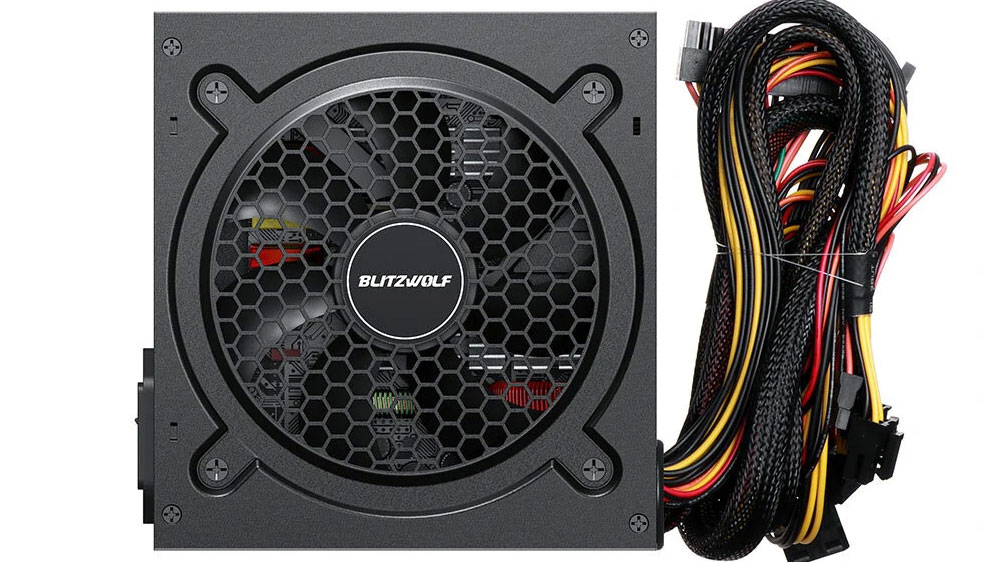Epilogue
I had a lot of requests over the years to evaluate cost-friendly PSUs, but I am not so willing in general to do so because the risk of damaging my equipment is high. I have recently broken a super-expensive AC source, costing over 10K euros, because of a PSU failure, so I have to be extra careful. That said, I obtained a dirt-cheap Blitzwolf PSU and gave it a go, and the results are not as bad as I expected, given that I bought it for less than 30 euros from Banggood.
For such a low price, the Blitzwolf BW-CP1 600W amazed me once it delivered more than its official capacity at 42 degrees Celsius. Surely the 230V input helps it keep energy losses lower at high loads, but still, at this price range, most PSUs are just cable-holders, as I call them, meaning that they are suitable only for holding the AC power cord in place. At the same time, you pray for nothing to go wrong, or else you will be treated with fireworks. The BW-CP1 600W lived through my protection features evaluation (ok, I didn’t push it at high temperatures, but only at room temperatures, else it would have died instantly), and it even had over temperature protection, which is typically absent in low-cost PSUs (and not only).
Load regulation is loose; ripple is decent as long as you don’t push the PSU at 100% load, the transient response is mediocre, the hold-up time is notably longer than 10ms, and efficiency is low throughout all load ranges. Besides all the above, what troubles me the most are the low performance of the APFC converter and the noisy operation. The bottom low efficiency leads to increased thermal loads, so the fan must continuously operate at high speeds. Given the fan’s low quality, I don’t expect this PSU to last for long, so I didn’t find anything related to this PSU’s warranty.
If you want to follow my expert advice, you should spend more to get a more efficient PSU using a modern platform and with proper support. For $30, the Blitzwolf BW-CP1 600W is a decent deal, there is no doubt about that, and the fact that it can deliver its full advertised capacity is a vital asset. But it does so with increased noise output, rendering it inappropriate for most of you. It is very annoying to have a noisy part in your system.
- Delivered full power at 42°C
- Bottom low price
- Decent ripple suppression at up to 90% load
- Longer enough hold-up time for this price range
- Accurate power ok signal
- Enough cables and connectors
- Long distance (150mm) between peripheral connectors
- Compact dimensions
- Low build quality
- Low overall performance
- OCP on the minor rails is set high
- Noisy
- Loose load regulation
- Increased ripple at 100% load
- Low efficiency
- Low power factor
- Mediocre transient response
- High inrush currents
- Fixed cables
- Only the ATX cable is sleeved
- No word on its warranty





In the pro and cons section you mention that it has both high build quality and low build quality. which one is it?
I left an error on purpose to see who would notice 😀
Bad build quality